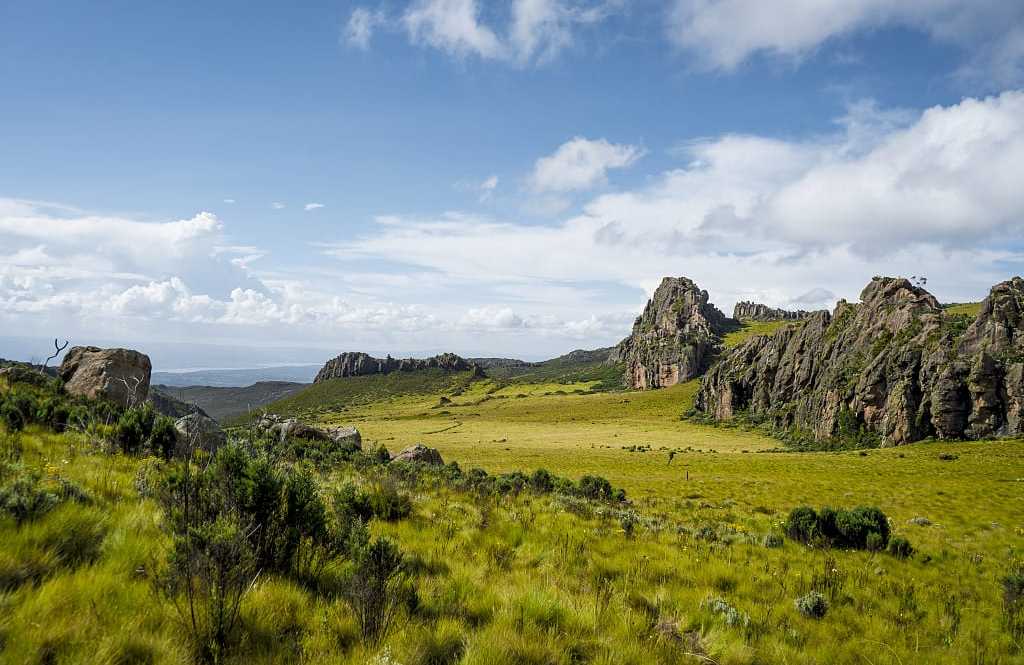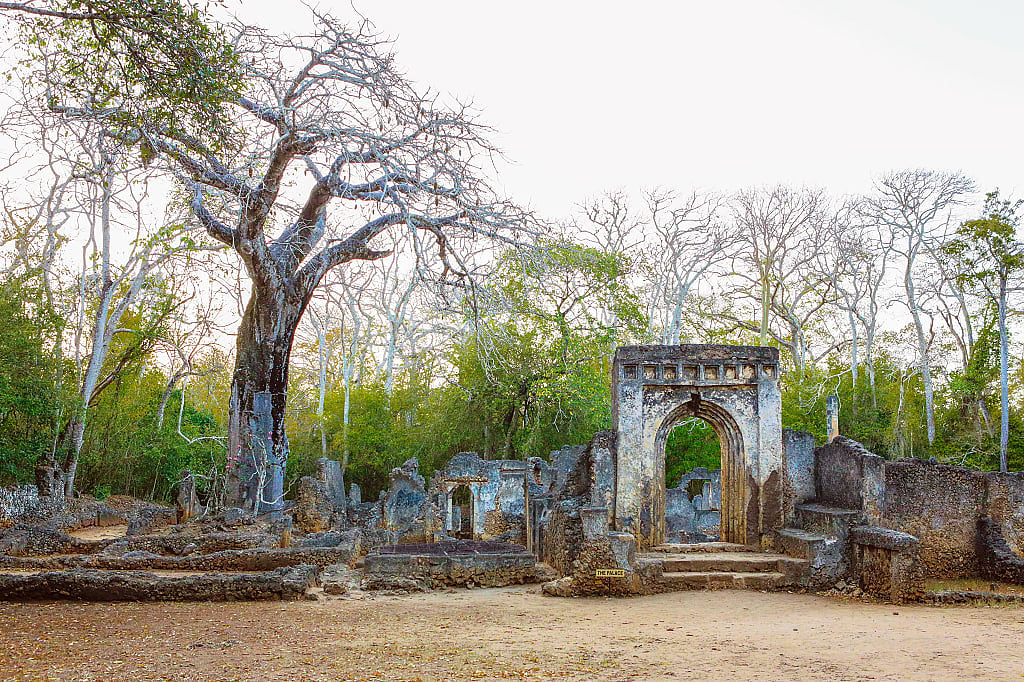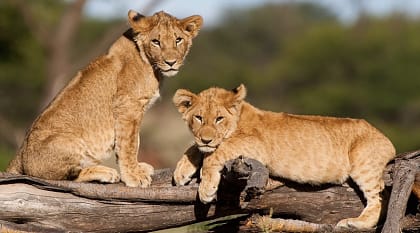On the shores of Lake Turkana, the Koobi Fora region stands as a cradle of humankind, holding invaluable archaeological and paleontological treasures. This is one of the most significant paleontology sites in Kenya. This remote area in the Kenyan Rift Valley is where paleontologists have unearthed exciting fossils, including the three-million-year-old remains of a hominid. A visit to the on-site museum reveals the sheer scale of extinct prehistoric creatures, while the lake provides a stunning backdrop for relaxing and witnessing stellar sunsets.
- Ancient History: Discover the rich archaeological and paleontological treasures of the Kenyan Rift Valley.
- Fossil Discoveries: View the remains of an early hominid and other fascinating fossils that tell the story of human evolution.
- Prehistoric Giants: Witness evidence of extinct crocodiles, giraffes, and tortoises that were four times larger than today's species.
- Lakeside Scenery: Relax by the vast shores of Lake Turkana and watch spectacular sunsets over the water.
- Museum Visit: Explore the Koobi Fora Museum to see the incredible fossil displays up close and in person.
Highlights
- Koobi Fora Museum
- Lake Turkana
- Ancient forests
- Rural settlements
- Fossil hunting
- Wildlife viewing
- Bushveld walks
- Stargazing
Is Koobi Fora Safe to Visit?
Koobi Fora is remote. However, it is very safe when visited as part of a well-planned, guided expedition with a Zicasso travel specialist who manages all logistics, security, and transportation.
What kind of traveler is Koobi Fora best for?
Koobi Fora is ideal for intrepid explorers, archaeology and paleontology enthusiasts, and seasoned travelers seeking a truly off-the-beaten-path experience at the very cradle of humankind.
How to get to Koobi Fora
Access is typically via a charter flight to a local airstrip or a multi-day overland expedition by 4x4 from Nairobi, often via Lodwar.
Best Time to Visit Koobi Fora
The cooler, dry months from June to August are the most comfortable times to visit this hot and arid region.
Find new inspiration for your trip with our sample Highlights of Kenya Safari Tour.
















